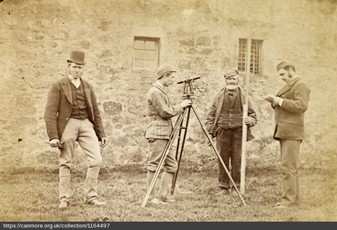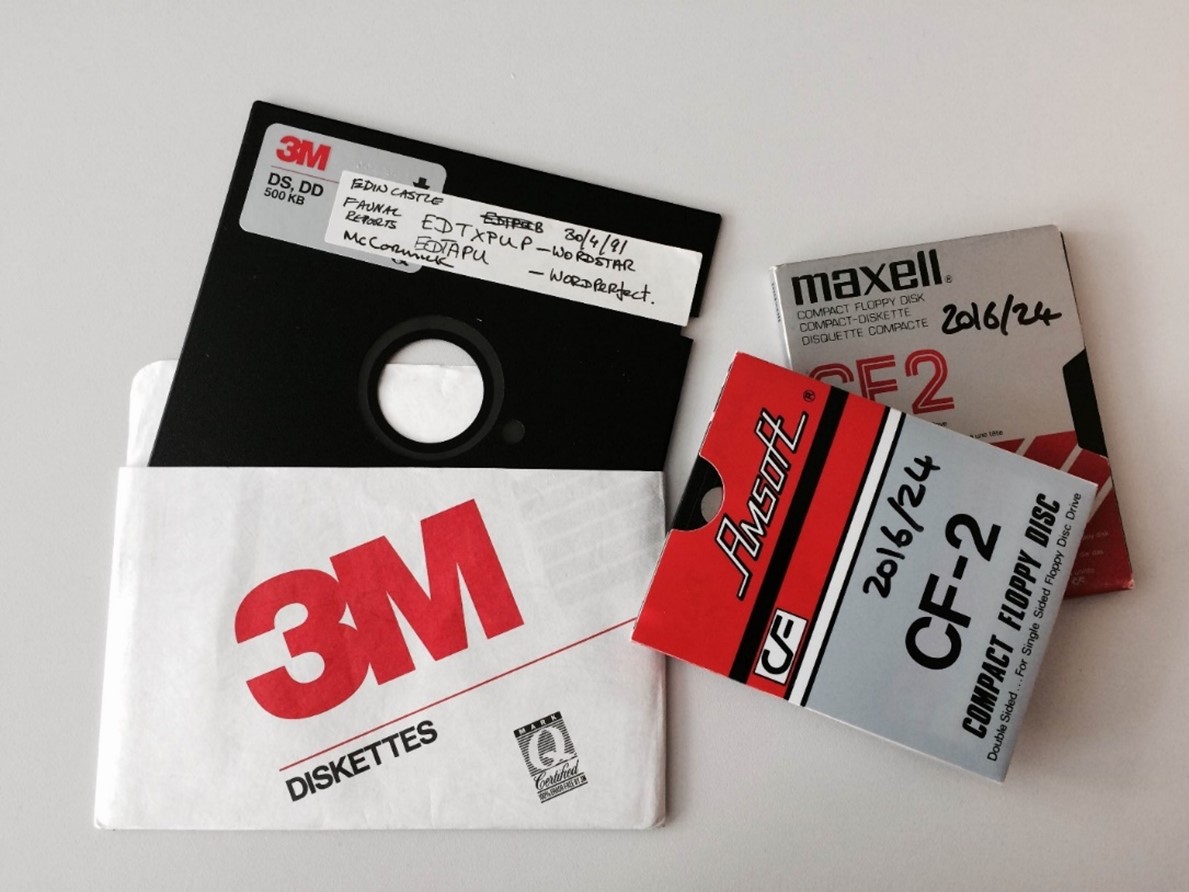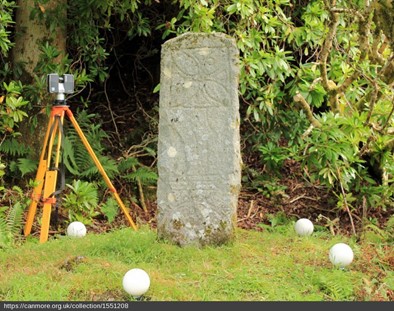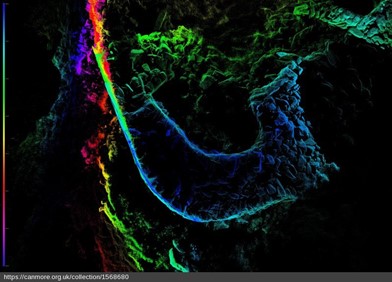Hannah Smith is the Digital Repository Manager at Historic Environment Scotland.
HES Archives Digital Repository is awarded Core Trust Seal accreditation
“A digital future is really the only hope for these things…” was a comment made to me by a colleague regarding the degradation of some colour slides in our collection. These conversations are becoming more and more prevalent in archives, with digitisation and digital preservation becoming one of the biggest risks to archives in recent years. Historic Environment Scotland has been developing its digital archive since the early 1990s and in recent years has had significant investment to develop further.
In October 2021, the HES Archives Digital Repository was awarded CoreTrustSeal certification. Certification is based on requirements established by the World Data Systems (WDS) and the Data Seal of Approval (DSA) reflecting the core characteristics of trustworthy data repositories. HES is the accredited digital repository for heritage data in Scotland, and along with the Archaeology Data Service (ADS), one of only two accredited repositories for heritage data in the UK. CTS certification provides both depositors and funding agencies with the reassurance that data deposited with HES is preserved and remains accessible for future generations.
Historic Environment Scotland and its predecessor bodies have been committed to the preservation of Scotland’s architectural, archaeological, maritime and industrial history for decades, beginning in August 1908 when Alexander Ormiston Curle, the first secretary to the Royal Commission on the Ancient and Historical Monuments of Scotland (RCAHMS), set off on his bicycle to inspect, record and make an inventory of ‘all the ancient monuments of Scotland’.

Image © HES. View of four surveyors outside unidentified building, c. 1870.
A lot has changed since then. The amount of digital material deposited with and curated by HES has increased significantly in the last two decades as there has been a wholesale move away from the creation of traditional paper or photographic based records and born-digital material has become the norm.
Learn more about the history of the HES Archives with our timeline.

Image © HES. The early inception of the Canmore website, on a public computer in the HES Search Room, 1997.
Digital data is far more vulnerable to irrecoverable damage than physical drawings or photographs. Digital media (CDs, DVDs, memory sticks etc.) must be transferred into a preservation system within a relatively short period of time. The digital repository has received files less than 10 years old which cannot be accessed, and as a result important archive about the historic environment has been lost. The rapid pace of technological change means that hardware, software and storage media can become obsolete and inaccessible within a short period. This poses a significant threat to the survival of this resource for future generations.

Can you remember these?
Image © HES. 5 and a quarter inch floppy disk, and compact floppy disks.
HES Archives currently holds more than 1.2 million catalogued digital items which equates to around 52 terabytes (TB) of archived data. Over the last few years, we have made significant advancements to our digital repository infrastructure as well as the systems and processes that underpin our work to ensure the long-term preservation of all our digital records. Our goal remains to provide the best care possible for our digital archives.
Digital archive storage now sits in an off-site tier 3 data centre greatly improving our backup infrastructure and resilience. HES has also invested in the preservation software Preservica, and we have integrated their preservation system with our own repository service tools and catalogue. This new system allows us to carry out more preservation actions to ensure the continued accuracy and integrity of our digital records. Our fully integrated digital preservation system provides us with the functionality to automate more of our processes, allowing us to achieve greater value with our existing resource. Preservica has a suite of migration tools that we can implement, for example automatically generating access copies of data upon ingest making more content publicly available for the first time from our existing archive holdings significantly reducing the manual effort required by archive staff.
In advance of this implementation, we undertook a large-scale data cleaning exercise, auditing our entire digital archive to enforce new rules for appropriate standards conformance. We have also developed new guidance for depositors including recommendations for file formats for long term preservation and access which can all be found on our depositor information page on Canmore.

Image © Crown Copyright HES.
Photograph of Raasay Pictish cross slab during laser scanning
Whilst reviewing and improving our standards and guidance behind the scenes, HES has also invested in increasing the amount of archive available online for researchers to use. The Digital Project was formed in 2017, comprising a small team of HES Archives staff, with the dual aim of making archival collections more accessible and strengthening our long-term preservation practices. The project concluded in 2021 but not before achieving on some monumental aims. Over half a million photographs were digitised, from a wide variety of collections and project material and work is ongoing to make this content available on Canmore. To date almost 80% has been processed and we have increased the archival material available on Canmore by over 107%.
To discover more about the work of the Digital Project, see our end of project showcase ‘Beyond the Physical’.

Image © AOC Archaeology Group.
Orthoimage of the laser scan data of cell at point 5, filtered by elevation at Castle Dounie, Knapdale
Digital preservation is constantly changing and evolving and HES is continuing to invest in the Digital Repository. We recently acquired a Forensic Recovery of Evidence Device or “FRED” to add to our existing accessions and quarantine workstation. FRED will allow us view and create copies of digital media without damage or alteration of the original media. FRED also supports several multimedia card formats, which in conjunction with our existing Kryoflux device (a device to read 5 and 1.4 inch floppy disks if you can remember those) will allow us to view file formats that were previously inaccessible. All of this operates within a secure ‘off networked’ environment to protect our existing archive and the HES network.
The Digital Repository is essential for the survival of unique digital records and for the continuing development and currency of the HES Archives. In 2020 we published our HES Archives: Digital Repository management policies, which sets out our purpose, guiding principles and operating policies for the Digital Repository. These policies, along with our recent Core Trust Seal accreditation further strengthens and supports our ambitions for the future.
HES Archives would like to note the significant contribution to our Core Trust Seal application by Stuart Macdonald, Digital Archivist at Historic Environment Scotland who sadly passed away very suddenly before our application was submitted. The success of HES Archives CTS application is down to Stuart’s input, enthusiasm and dedication.














































































































































Comments